Case Study
Bats conservation & management of Gypsum habitats in Emilia-Romagna
Contact name
Massimiliano Costa
Institution name
Ente di gestione per i Parchi e la Biodiversità-Romagna
Region & country
Emilia-Romagna, Italy
Summary
The project was in general aimed at preserving the environments connected to the presence of gypsum rock and, in particular, the rocky cliffs and their typical pioneer vegetation (habitat 6110 * – Rupicolous calcareous or basophilic grasslands of the Alysso-Sedion albi of the 92/43/EEC directive), the underground karst environments (habitat 8310 Caves of the 92/43/EEC directive) and the conservation of bats. All the regional protected areas (natural parks and natural reserves) and the Natura 2000 sites manager worked together to better preserve these elements, by direct and indirect interventions. I want to focus mainly in vegetation and bat conservation.
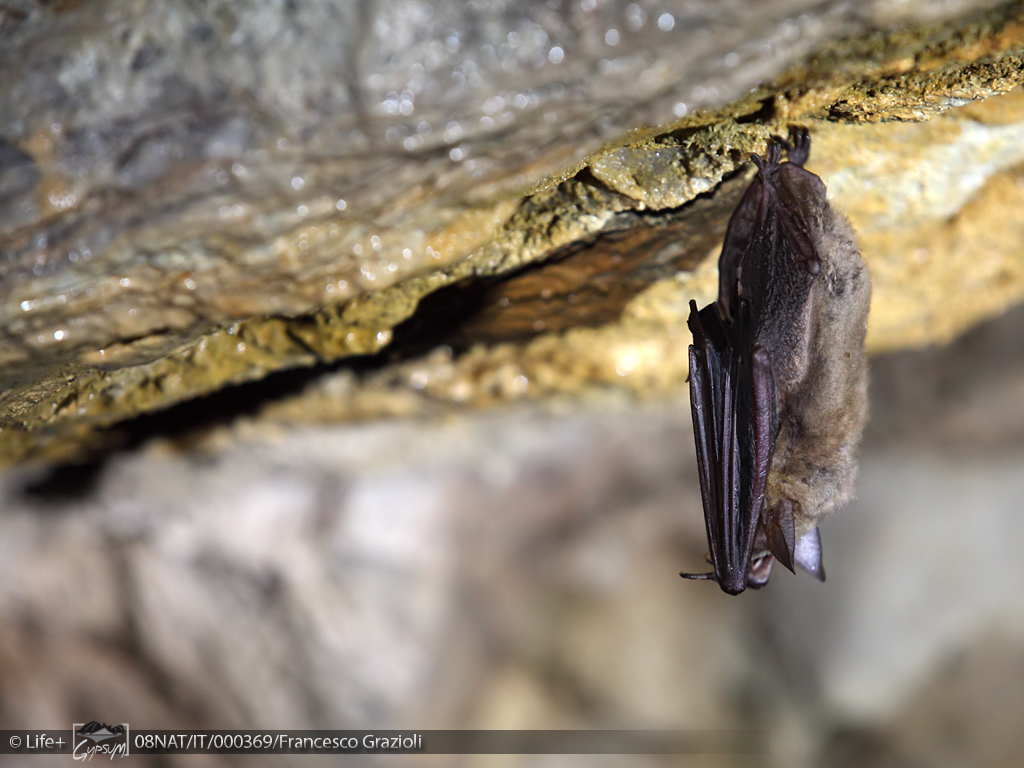
Myotis blithii
Francesco Grazioli
Background of the project
The vegetation of rocks was damaged by the shading caused by exotic conifers or by the passage of cars along a carriage crossing the mountain.
The bat population in caves was decreasing because of the disturbance caused by speleological activities and of the difficulty in accessing the cavities due to natural or human debris. The abandoned quarry tunnels, then, were little used by bats because of the unfavorable microclimate due to the wide entrances.
To increase the sunlight on the steepest cliffs facing south
To reduce the pounding of rocky areas
To reduce the human disturbance in caves used by bats
To expand the entrances of some sinkholes
To stabilize the microclimate of the tunnels, reducing their entrances
Solution and actions taken
-Cutting conifers from some selected cliffs
-Closing the carriageway to cars
-Strictly regulating the access to the caves
-Removing human debris from natural sinkholes
-Placing rocky detritus by the artificial tunnel entrances
-To cut and remove the exotic conifers from the cliffs
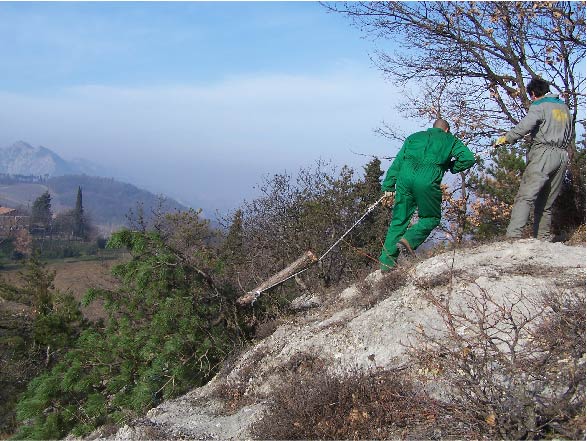
Cutting and removing alien trees from rocky cliffs – Photo: Andrea Noferini
-To agree with the Municipalities the official closure of the road, placing boulders to prevent parking and creating two new parkings
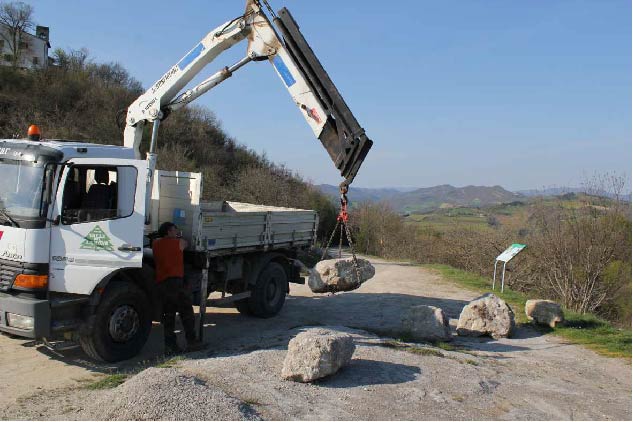
Closing of the mountain carriage with gypsum boulders – Photo: Andrea Noferini
-To agree with the speleological associations a strict regulation of accesses to the caves
-To set gates by some entrances
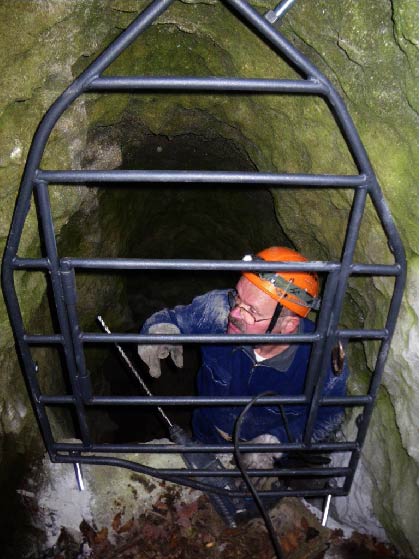
Gate setting by a speleologist in a cave entrance – Photo: Andrea Noferini
-To remove tons of human debris
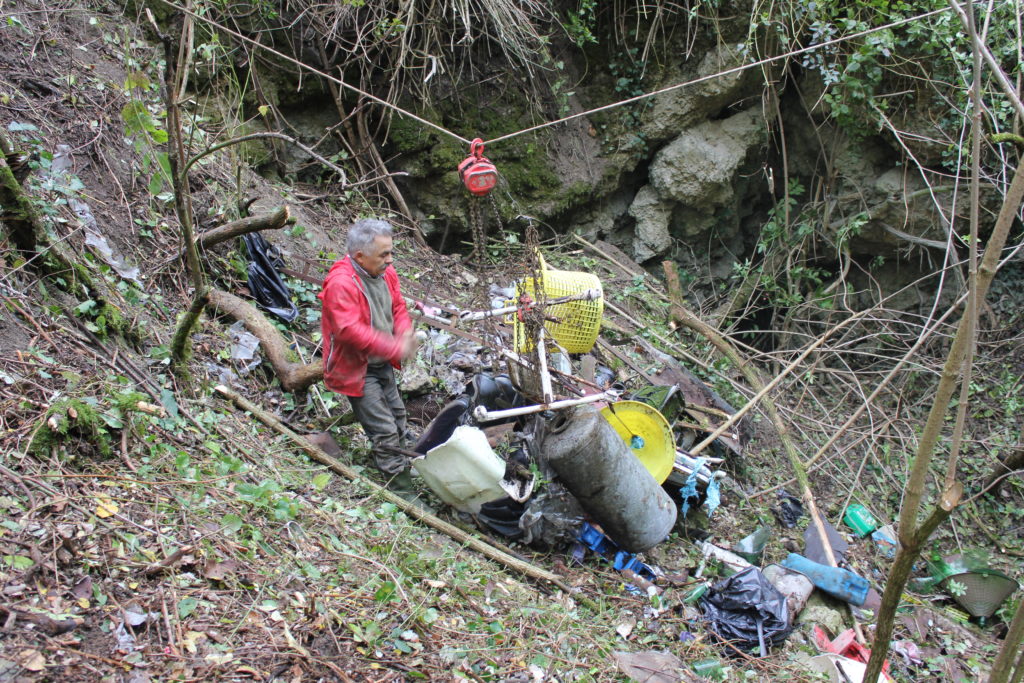
Old waste removal from a sinkhole entrance – Photo: Piero Lucci
-To place the excavation debris of a quarry by the tunnel entrances of former quarries
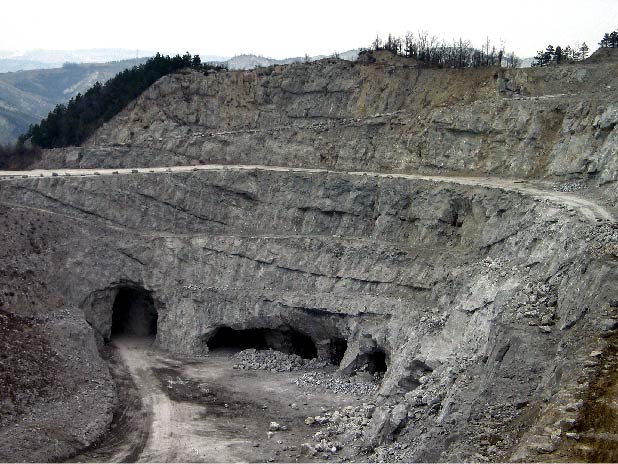
Tunnel entrance reducing with quarry excavation debris – Photo: Piero Lucci
Other institutions or parties involved
Municipalities
Regional Speleological Federation
Speleological Associations
The only active quarry (private Company)
Results
The rupicolous vegetation has wonderfully resumed the soils previously reforested artificially and in the margins of the mountain road
The reproductive and hibernation bats colonies are all on the increase, both in natural caves and in former quarry galleries
The speleologists are the Park’s most precious allies
Challenges
To raise public awareness of the need to cut trees (always difficult to accept in a natural park)
To convince the residents of the road closure
To sensitize the speleologists, involving them directly in the project, for the cleaning of the sinkholes and for the positioning of the gates
To involve the private Company for placing the excavation debris by the tunnel entrances
Lessons learned
It is very important to know the needs of the natural elements to be preserved
Every activity and intervention must be carried out involving and raising awareness among citizens, institutions and stakeholders
It is important to use fantasy to solve problems (the miners did not know where to put the excavation debris and had never thought of using them to reduce the section of the old tunnels)
Contact name
Massimiliano Costa
Institution name
Ente di gestione per i Parchi e la Biodiversità-Romagna
Website(s)
